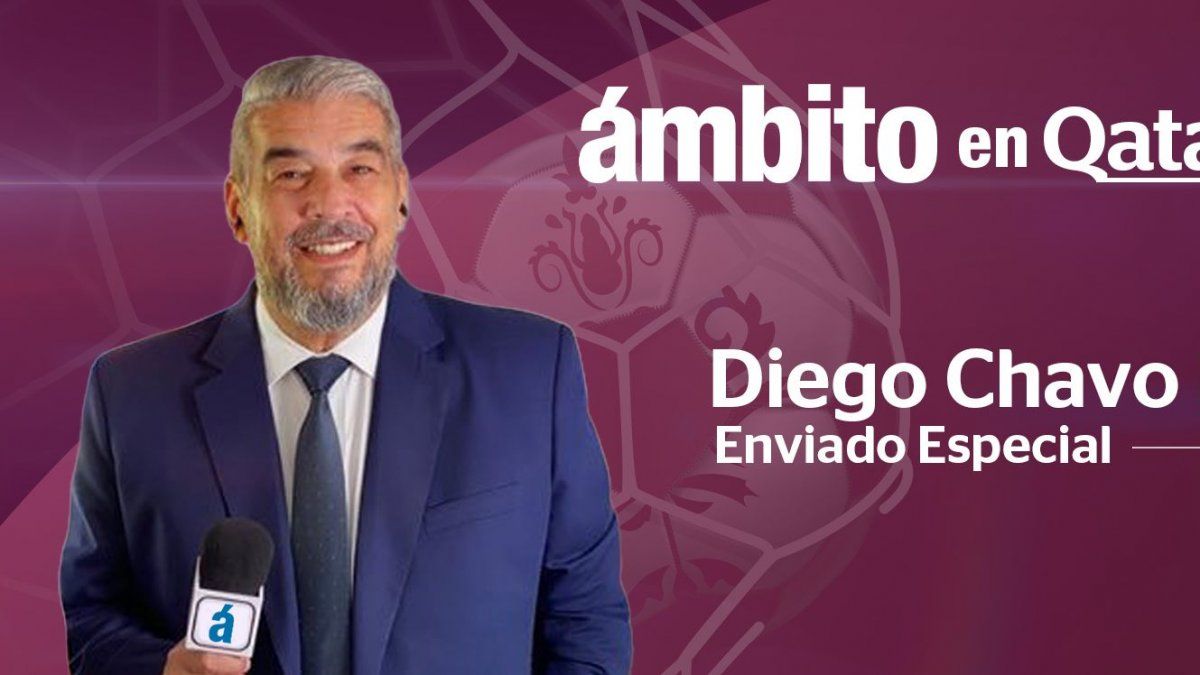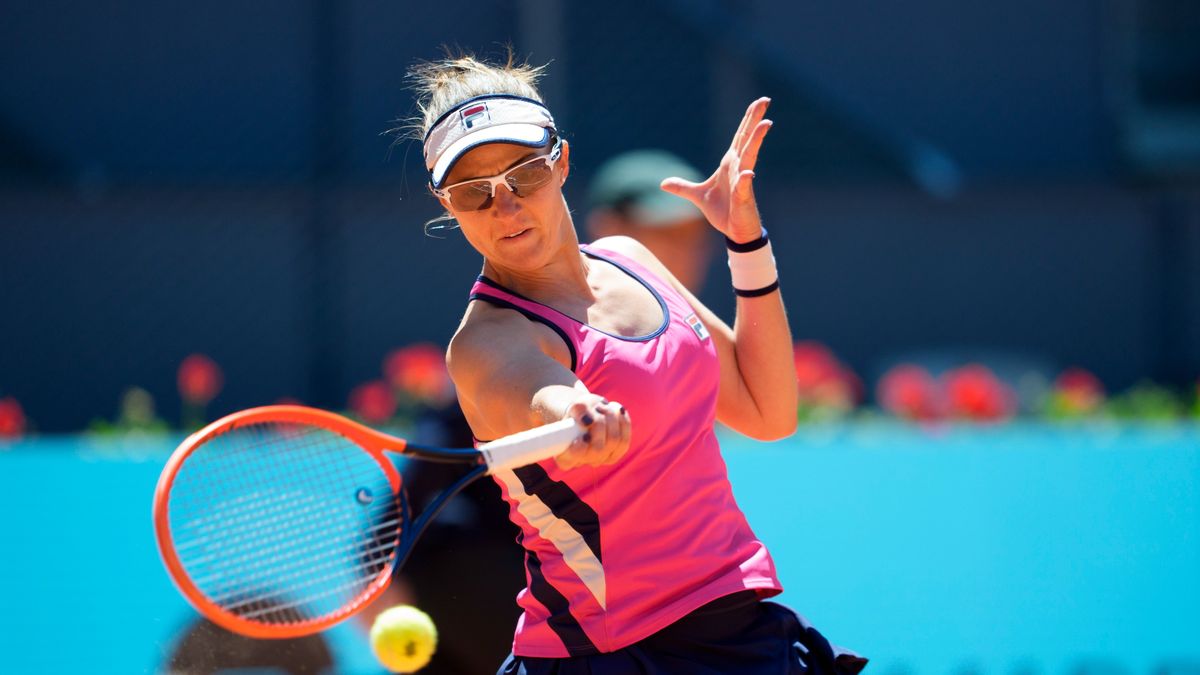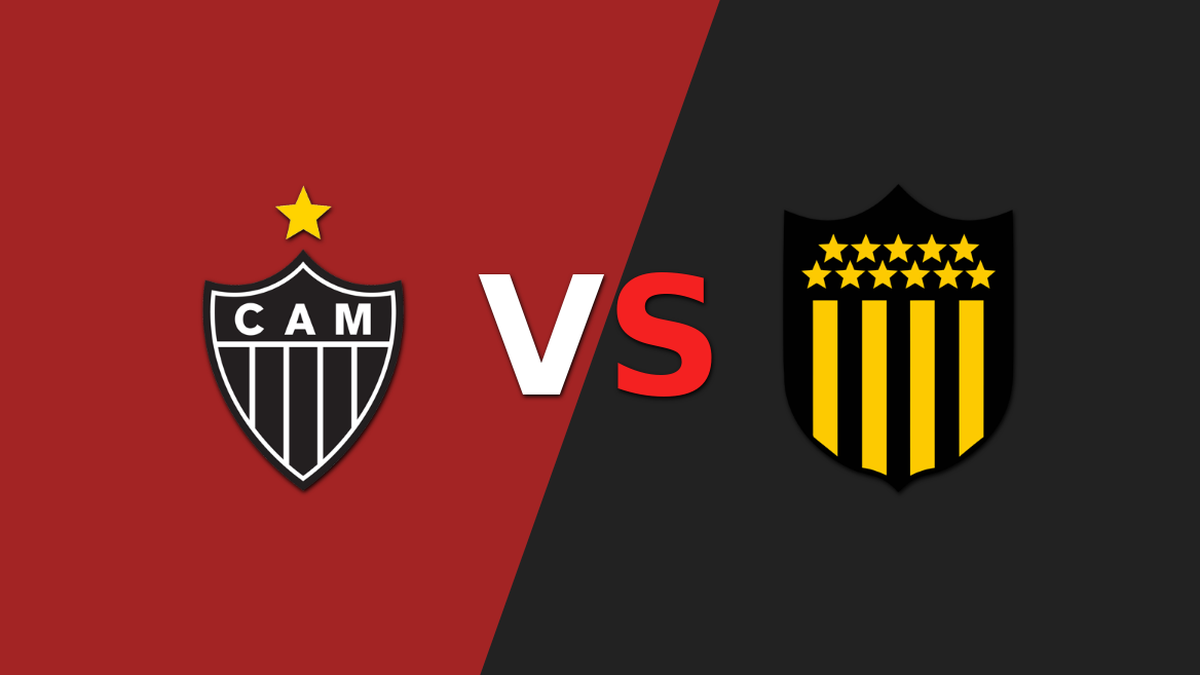Argentina came from a brilliant generation of soccer players, perhaps the last generated by the work of Jose Pekerman. And, in addition, it came from a certain abandonment in the youth establishments. In fact, on the bona fide list for the World Cup in Russia, only two footballers had gone through youth teams in the years prior to the competition. One was Nicolás Tagliafico and the other, Cristian Pavón.
A new National Team had to be put together and there was no base on which to support the construction, as there was during the golden youth years of Pekerman and Tocalli. In addition, what happened in Russia generated a negative social humor with respect to the national teams. The institutional disorder that the Argentine cadres suffered between 2016 and 2018 made people get tired and, worse still, demonize legendary footballers, such as Mascherano, Kun Agüero, Di María, Higuaín and anyone who was linked to those “they lost all three finals”.
Scaloni remained as interim -perhaps knowing that, except for a catastrophe, he was going to be the definitive DT- and made a list of players to summon. This list had some footballers who are discoveries today (De Paul, Paredes, Lautaro and Lisandro Martinez), obviously Messi and players who “they could be”. On that list, the players that people questioned were not there, those of the “generation of the final three”. Among them, Agüero, Di María and Otamendi. Mascherano, Higuain, Biglia, Lavezzi and some more had dropped out of the National Team.
Scaloni was only confirmed on the last day of July 2019, after the president of the AFA discussed the acceptance that the team could have in public opinion after third place in the 2019 Copa América.
But, before that, Scaloni had a gesture that today takes on a dimension that could not be measured then. He heard what the old guard had to say that they still wanted to be in the National Team, including Kun, with whom he had had a serious altercation in a training session at the eventful World Cup in Russia.
Among them was Nico Otamendi, a Manchester City player until 2020 and the undisputed starter for Benfica since then. Otamendi played in the 2010 World Cup (he ended up doing it as a right-back in the 0-4 defeat with Germany), but was left out of the 2014 World Cup in one of the last cuts and was “marked” as one of those who lost the two finals with Chile. In that Martino team he formed a wonderful pair of central defenders with Ramiro Funes Mori. Otamendi is characterized by putting together good defensive tandems. He did it in Vélez with Sebastián Domínguez, in Valencia with the German Mustafi, in Manchester City (he played 210 games and won 9 times) with Vincent Kompany, above all, and in the National Team, with the aforementioned Funes Mori, with Marcos Rojo and, lately, with Lisandro Martínez. So many successful pairings could lead one to think that Otamendi’s mental and physical strength, plus his improved technique at City, make him a “enhancer” of companions. And he has a virtue that he shares with very few: he plays with equal efficiency as a first center, as a second, in a line of four or in a line of three centrals. He is an exceptional footballer, perhaps not yet valued in his fair dimension.
Otamendi returned to the national team on June 8, 2019, in a friendly prior to that year’s Copa América. On a previous tour, Scaloni had tried with a line of 3 (Foyth, Mercado, Lisandro Martinez) in a 1-3 with Venezuela and with two central defenders, Pezzella and Kannemann, in a 1-0 against Morocco. Otamendi appeared as second center back, forming a duo with Juan Foyth, in a 5-1 game against Nicaragua in San Juan. He was still at Manchester City, now pairing with John Stones, although his ownership in Guardiola’s team was no longer so firm. Despite that, Otamendi stayed in the National Team. In October 2020, Nico left City for Benfica. Some saw the move from the Premier to the Portuguese League as a setback, but it was not. On the contrary, in the red team in Lisbon, Otamendi recovered a continuity that Pep could no longer assure him.
Scaloni summoned him to play in the 2019 Copa América and he became -if he ever stopped being one- an irreplaceable leader of the national team, due to his character, his invincible spirit and, obviously, because he concentrates the skills of the great defenders Argentines. It doesn’t seem like a coincidence that he wears the number 19 on the shirt, the same one worn by Passarella in 1978 and Ruggeri in 1986. He is a very worthy heir to them because he means the same thing to the team that Daniel and El Cabezón meant to their national teams.
Ángel Di María had a more complicated time in this cycle, despite the fact that every weekend or every Wednesday we saw his exploits in the league he played or in the Champions League. Fideo was the Under 20 World Champion in 2007, scored the goal that gave us the second Olympic medal in history in Beijing 2008, reached the final of the 2014 World Cup (he was not there due to injury, but actively participated in the tour) and was a member of the team who played and lost the finals of the 2015 and 2016 Copa América. The account of the disaster in Russia 2018 also reached Di María’s table.
Unlike Otamendi, Fideo was punished more for injuries in the lost finals and for that Russian failure, with Messi, Mascherano, Biglia and Agüero on the field. It was too much. Like Otamendi, Di María -another who was on the initial list of those who had to be replaced- returned to the national team in the friendly with Nicaragua prior to the 2019 Copa América, but with a substantial difference: Fideo was a substitute and did not enter
Instead, and perhaps surprisingly, Di María started in the debut of the 2019 Copa América, in the 0-2 defeat against Colombia. At halftime, Scaloni took him out and put on De Paul. Fideo knew that he was at the top of the renewal list and that change in the wardrobe exposed him. He surely said something, or looked at the DT in a bad way. The certain thing is that he did not go back to be headline and Scaloni did not go back to summon him during enough time. He also did not call him for the start of the 2022 World Cup Qualifiers, in the double day that Argentina would face with Ecuador and Bolivia. The absence of a list as important as that of an essential footballer to a call to start the road to a World Cup always makes noise. But Fideo changed that noise for a friendlier sound, in an interview he gave on September 25, 2020 to the F90 program, on ESPN.
“I have Scaloni’s number and my relationship with him is good (…) I never asked why they put me on, I’m not going to ask why they didn’t put me on (…) There are friends who tell me ‘stay for tea in front of the Eiffel Tower’, but I prefer to wear the Argentine shirt even though 45 million people screw me (…)”
This statement made Scaloni and Di María talk again about a potential return of Ángel to the national team. It was the definitive one. Di María asserted himself in the group, he was as important to his most inexperienced companions as the new blood was to him. The goal that gave Argentina the 2021 Copa América, against Brazil and at the Maracana, is an award that Di María deserved like no other. “He is one of the most important footballers in the history of the Argentine National Team”, Menotti said recently and he is right.
The fans tend to be more cruel with the National Team than with their clubs and not to mention the players of the light blue and white teams. Di María played, until the 2-0 against Poland at the 974 Stadium, 129 games with the Argentine shirt. He is a fundamental player in Argentine soccer who did not need to be legitimized by a title or a defining goal. But, nevertheless, he convinced DT that the renewal of footballers was fine, but not yet with him, he convinced people that if Messi is the Ace of Swords, he is the Ace of Wands and that it is better that he not missing, convinced some journalists who, until the preview of the final with Brazil, asked Di María not to play or blamed mistakes made by other players…
Nicolás Otamendi and Ángel Di María they are two survivors of the previous generation. They were countercultural, they swam against the current, against an institutional decision, against a public opinion brutally influenced by the force of the media. But they are here, in Qatar, enjoying being asked for or treated as essential by the same ones who discarded them after Russia 2018.
Fideo and Ota are so, so great that they are here, trying again. Surviving.
Source: Ambito
I am Pierce Boyd, a driven and ambitious professional working in the news industry. I have been writing for 24 Hours Worlds for over five years, specializing in sports section coverage. During my tenure at the publication, I have built an impressive portfolio of articles that has earned me a reputation as an experienced journalist and content creator.




